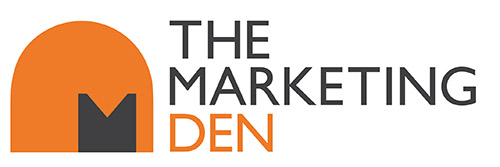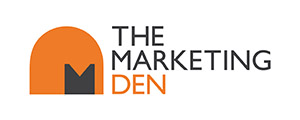Your basket is currently empty!

Email Accessibility Becomes a Legal Requirement
Email Accessibility isn’t just a buzzword in digital marketing anymore. It’s the law in the EU. As of June 2025, the European Accessibility Act (EAA) came into force, setting clear standards for how digital products and services should be designed so that everyone can use them, including people with disabilities.
If you’re a UK-based charity, you might be wondering: does this affect us? The short answer is: not directly, but it still matters.
What is the European Accessibility Act?
The EAA is an EU directive aimed at breaking down barriers in the digital world. It covers things like:
- Websites and apps
- E-readers
- E-commerce platforms
- Digital communications, including emails
The goal? To make sure people with disabilities (whether that’s visual, auditory, motor, or cognitive) aren’t excluded from accessing essential services or information.
What it means for UK charities
Because the UK is no longer part of the EU, charities here are not legally bound by the Act. But there are three reasons you should still take note:
1. Supporters beyond the UK
If your charity fundraises, campaigns, or delivers services in the EU, you’ll be expected to meet EAA standards.
2. Technology
Most of the big platforms (email tools, fundraising platforms, website builders) are already moving towards compliance. You’ll likely find accessibility options becoming the default.
3. Email accessibility best practice
Even without legal obligations, accessibility is simply good practice. It helps you reach more people, builds trust with supporters, and aligns with the values most charities hold at their core.
Why accessible emails benefit everyone
It’s easy to think of accessibility as something that only benefits a small group of people. But the truth is, it makes communications better for everyone.
-
Clearer fonts and layouts make emails easier to read on mobile.
-
Alt text ensures your message still gets across if images don’t load.
-
Good contrast boosts readability in bright sunlight.
-
Plain language increases understanding and engagement across all audiences.
So even if you don’t have a single EU supporter, accessibility should still be important to you.
Email Accessibility Checklist
-
Always write alt text for images – so screen readers can describe your visuals.
-
Use high contrast colours – dark text on light backgrounds or vice versa.
-
Choose readable fonts – stick to sans serif, at least 14pt, with generous line spacing.
-
Avoid text in images – screen readers can’t pick it up, and it often scales badly on mobile.
-
Write in plain, simple language – avoid jargon, long sentences, or unnecessary complexity.
-
Structure your content with headings – helps screen readers (and skim readers!) navigate easily.
-
Don’t rely on colour alone – e.g. say “Click the green ‘Donate’ button” and use a clear label.
-
Use descriptive links – “Donate now to support our work” is better than “Click here.”
- Test before you send – tools like WAVE, an accessibility checker, or even just listening to your email read aloud can highlight issues.
Final Thought
The European Accessibility Act might not be UK law, but it’s a sign of where digital communications are heading: more inclusive, more user-friendly, and more universal.
For charities, this is an opportunity, not just to future-proof your comms, but to make sure no supporter, beneficiary, or partner is left out of the conversation.
After all, the more accessible your emails, the more people you can reach. And that can only mean greater impact for your cause.
Find out more about The Marketing Den’s user experience and accessibility consultancy services.
Further reading & Tools
Want to dig deeper into accessibility? Here are some of my favourite resources:
WAVE Accessibility Checker – free browser tool to test your emails and web pages for accessibility issues.
Web Content Accessibility Guidelines (WCAG) – the international gold standard for accessibility.
AbilityNet – UK charity offering free resources and advice on making digital content more inclusive.
Accessibility Insights – free testing tool to spot accessibility gaps in digital content.






Leave a comment: